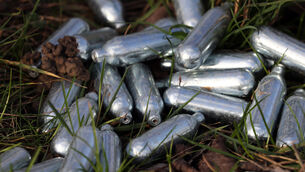Coalition under fire for not funding Radon scheme
Results released yesterday of a survey carried out in the Castleisland area of Co Kerry by the Radiological Protection Institute of Ireland (RPII) showed 14% of the houses tested there had concentrations of radon gas above the recommended level. One house had a concentration of 6,184 becquerels per cubic metre (Bq/m3) more than 30 times above the national reference level of 200 Bq/m3. Anything above the reference level is considered dangerous.
Radon is a naturally occurring gas that is colourless, odourless and tasteless and, once in a building, decays to produce radioactive particles which can cause lung cancer. The gas ranks second only to smoking as a cause of the disease, with 150 to 200 lung cancer deaths attributed to radon each year.













